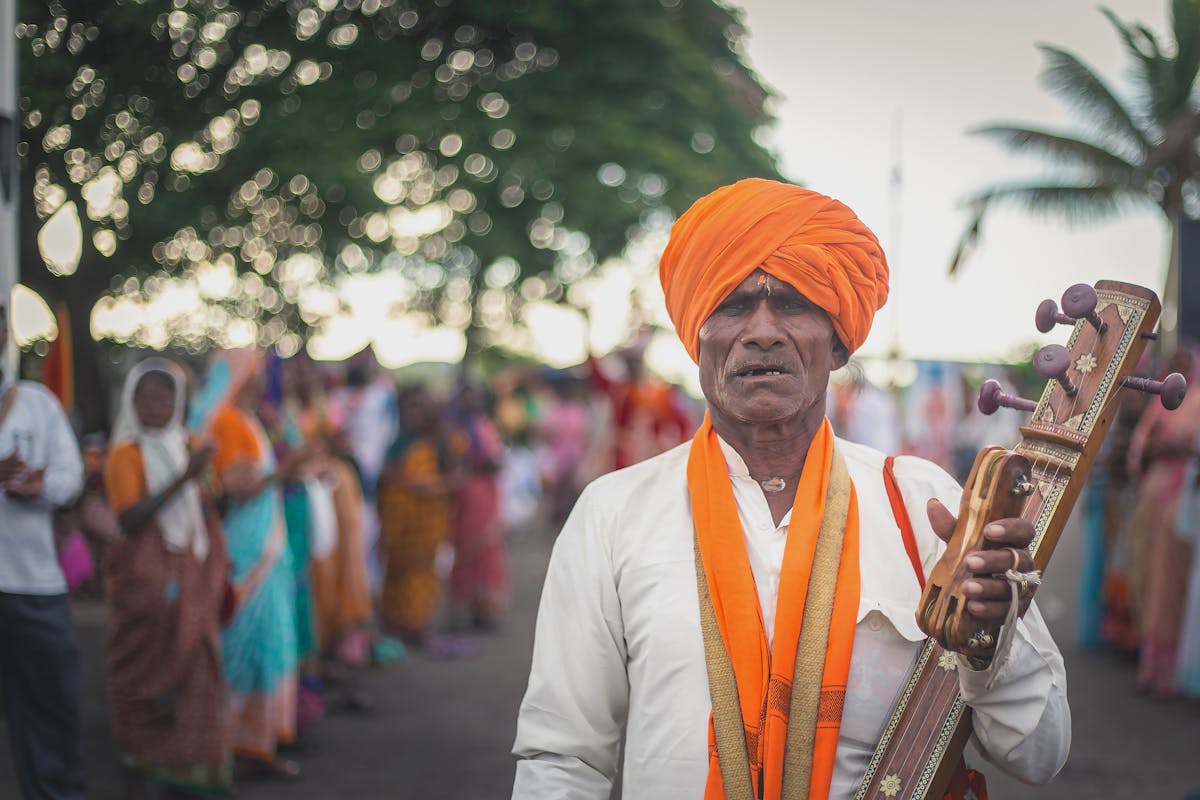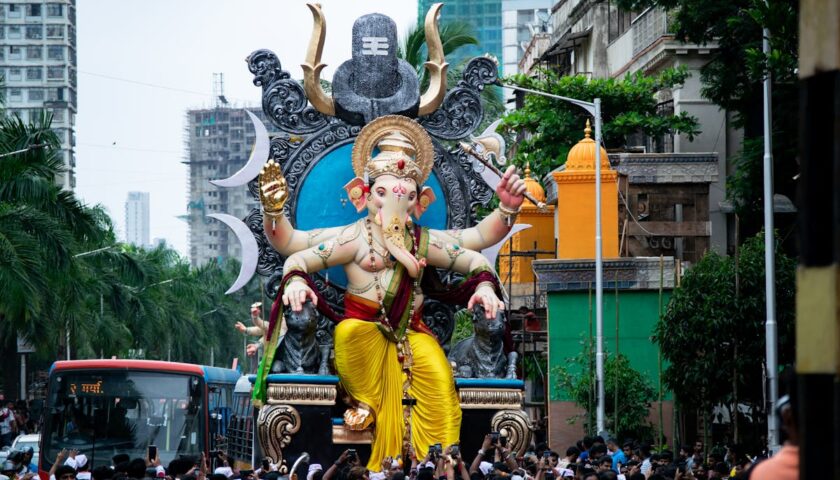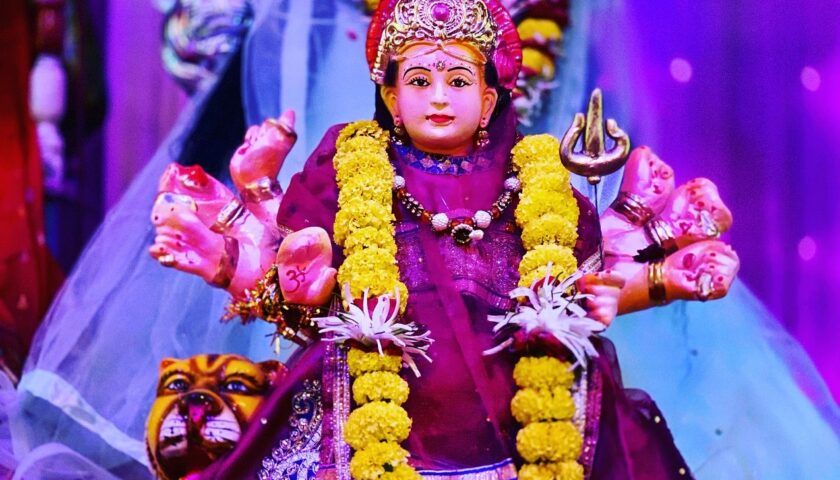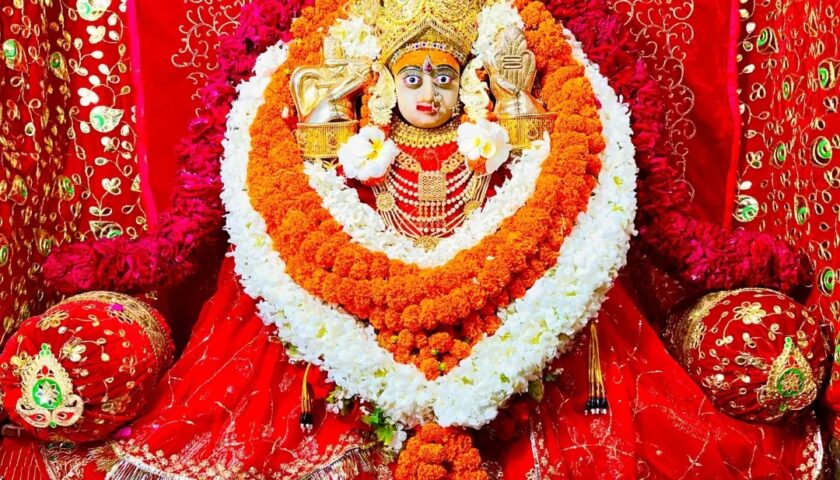Ashadhi Ekadashi, also known as Devshayani Ekadashi, is one of the most significant and widely celebrated Hindu festivals. It marks the onset of Chaturmas, a holy period of four months dedicated to Lord Vishnu. Falling on the 11th day (Ekadashi) of the waxing moon in the Hindu month of Ashadha (June-July), this auspicious day holds immense spiritual importance, particularly in the states of Maharashtra, Karnataka, Goa, and parts of Gujarat and Andhra Pradesh.This year Ashadhi Ekadashi is being celebrated on 17th July 2024 as per Hindu calendar.
Janvali village also has numerous devotees of Lord Sravishnu i.e. Vitthuraya of Pandharpur and that is why devotees visit not one but two temples of Vitthal Rakhumai at Wakad Wadi and Sakhal Wadi in this village.
Mythological Significance
The origins of Ashadhi Ekadashi are deeply rooted in Hindu mythology. According to the Vishnu Purana, it is believed that on this day, Lord Vishnu enters a deep sleep (Yoga Nidra) in the cosmic ocean of milk (Ksheersagar) on the serpent Shesha. This slumber continues for four months, known as Chaturmas, and ends on Prabodhini Ekadashi in the month of Kartik (October-November). During this period, all auspicious ceremonies such as weddings are traditionally avoided.
Rituals and Observances
Ashadhi Ekadashi is observed with great fervor and devotion. The primary rituals include:
1. Fasting: Devotees observe a strict fast, refraining from grains, cereals, and certain vegetables. The fast is broken the next day after offering prayers to Lord Vishnu. This fasting is believed to purify the body and soul, helping devotees gain spiritual merit and divine blessings.
2. Vrat Katha: Listening to or reading the Vrat Katha (story) associated with Ashadhi Ekadashi is an integral part of the observance. The story often revolves around the importance of the Ekadashi fast and its benefits.
3. Puja and Bhajans: Temples dedicated to Lord Vishnu are adorned beautifully, and special prayers are offered. Devotees chant bhajans (devotional songs) and mantras in praise of Lord Vishnu, creating an atmosphere of divine spirituality.
4. Dindi Yatra and Pandharpur Wari: In Maharashtra, the celebration of Ashadhi Ekadashi is synonymous with the Pandharpur Wari, a grand pilgrimage to the town of Pandharpur. Devotees, known as Warkaris, walk hundreds of kilometers, chanting and singing praises of Lord Vithoba (a form of Lord Vishnu) to reach the Vitthal-Rukmini temple in Pandharpur. The journey, known as Dindi Yatra, culminates on Ashadhi Ekadashi, where a massive congregation of devotees gathers to seek blessings.
Spiritual Significance
Ashadhi Ekadashi is not merely a ritualistic observance but a profound spiritual experience. It emphasizes the importance of devotion (bhakti), discipline, and self-control. The fast is a means of developing inner strength and willpower, while the prayers and bhajans foster a sense of unity and communal harmony among devotees.
The festival also underscores the cyclical nature of time in Hindu philosophy. The four-month period of Chaturmas is a time for introspection, penance, and spiritual growth, preparing devotees for the auspicious occasions that follow its conclusion.
Conclusion
Ashadhi Ekadashi is a celebration that transcends mere rituals, embodying the essence of Hindu spirituality. It is a time when devotees come together in a collective expression of faith, devotion, and community spirit. Whether through the rigorous pilgrimage of the Warkaris or the serene fasting and prayers of individuals, Ashadhi Ekadashi continues to inspire and elevate the spiritual consciousness of millions.





